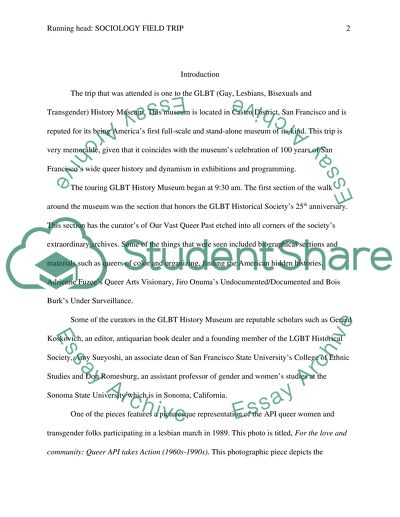Cite this document
(“Field trip Essay Example | Topics and Well Written Essays - 1500 words - 1”, n.d.)
Field trip Essay Example | Topics and Well Written Essays - 1500 words - 1. Retrieved from https://studentshare.org/sociology/1462565-field-trip
Field trip Essay Example | Topics and Well Written Essays - 1500 words - 1. Retrieved from https://studentshare.org/sociology/1462565-field-trip
(Field Trip Essay Example | Topics and Well Written Essays - 1500 Words - 1)
Field Trip Essay Example | Topics and Well Written Essays - 1500 Words - 1. https://studentshare.org/sociology/1462565-field-trip.
Field Trip Essay Example | Topics and Well Written Essays - 1500 Words - 1. https://studentshare.org/sociology/1462565-field-trip.
“Field Trip Essay Example | Topics and Well Written Essays - 1500 Words - 1”, n.d. https://studentshare.org/sociology/1462565-field-trip.


